Safety locks are required by law except in very few circumstances. Thankfully, the locks are plentiful and affordable – and sometimes free.
Table of Contents
Secure Locations
Once you’ve received your FFL and are officially in the business of selling guns, you must now comply with all gun safety laws that apply to businesses. (Obviously, it’s a good idea to abide by gun safety anyway, but now you’re bound by the law to do so.)
Child Safety Locks
One such law that you’ll now need to follow is the Child Safety Lock Act of 2005 (CSLA). It was introduced as an amendment to the Gun Control Act and became effective on April 24, 2006. The law simply states that it is unlawful for “any licensed importer, manufacturer, or dealer to sell, deliver, or transfer any handgun to any person, other than another licensee, unless the transferee (buyer) is provided with a secure gun storage or safety device for that handgun.” The purpose of the law is to prevent unauthorized persons, including children, from gaining access to handguns. To be effective, the device needs to prevent the handgun from being able to be fired until the device has been disabled.
There are a few exceptions to the law, which include transfers to law enforcement agencies or officers, the United States or any of its agencies, if the firearm is considered a curio or relic, or if a secure storage device cannot be provided at the time of transfer. If the last one is the case, a secure storage device must be supplied in 10 days’ time. The reason for an inability to provide a safety device must be caused by something out of the control of the dealer, such as theft, backorder, or casualty loss.
Easy Compliance
Practically every brand new handgun comes with a lock included in its case, so the CSLA is covered if you transfer a new gun. If you need to transfer a handgun that does not have a lock with it, many wholesalers sell safety devices in bulk for a fairly low price. Having a few on hand is never a bad idea.
Another option is to use the National Shooting Sports Foundation’s Project ChildSafe. They offer safety education messages and free firearm safety kits that include a cable-style gun-locking device and a brochure (also available in Spanish) that discusses safe handling and secure storage guidelines to help deter access by unauthorized individuals. Since 1999, more than 15,000 law enforcement agencies have partnered with the program to distribute more than 37 million firearm safety kits to gun owners in all 50 states and five U.S. territories.
Types of Safety Devices
When providing a safety device, you need to make sure it is an acceptable type as laid out by the law. Things like zip ties or string, although capable of being configured in a way that will prevent the handgun from being fired, are not considered acceptable in the eyes of the ATF.
Practice What You Preach
The goal is to put laws in place which keep firearms safe. However, locks can never replace a good gun safety lesson. Be sure you understand firearms safety practices and never be shy about sharing that information with others!
For more information on firearms legislation or how to become a FFL holder yourself, see our FFL Resources Page and Join FFL123.com today!
See our customer map! See benefits of getting the FFL!




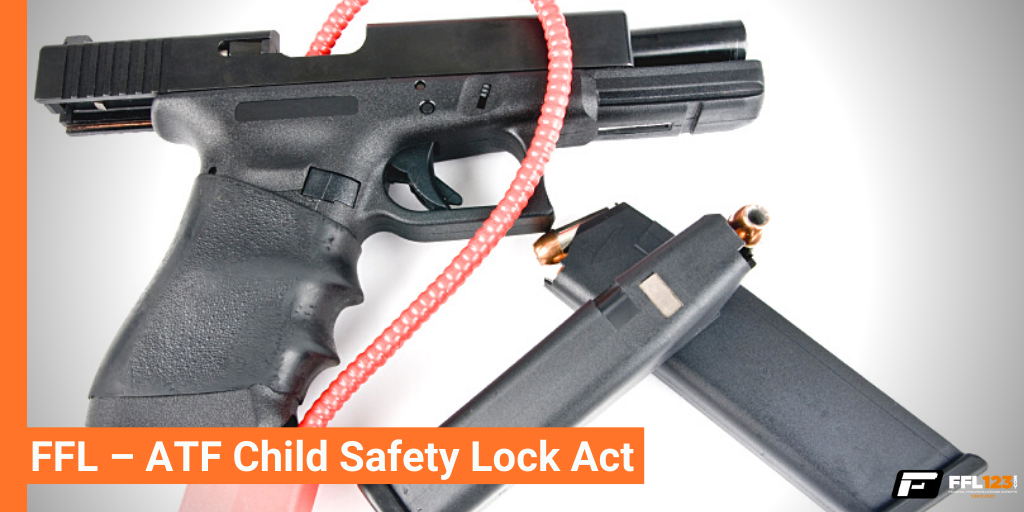
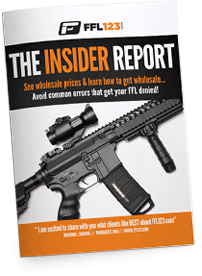
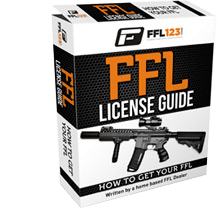
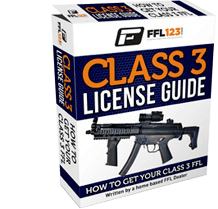
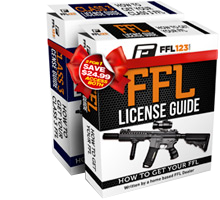



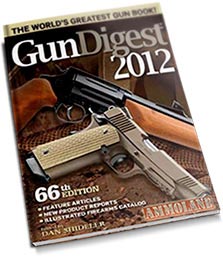








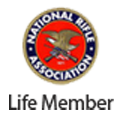



Branden I ordered you FFL123 almost 6 years ago and got my FFL, thanks. The hand gun lock law, does that mean I have to supply a FREE gun lock with every used hand gun? or just make hand gun locks available?
all guns
yes, correct sir
Two Questions:
1) The CSLA states that a Safety Device is to be provided with each handgun. Assuming that the handgun does not already come with a Safety Device, is the Safety Device to be provided for free?
2) When a handgun is sold to a customer by FFL A and then shipped to FFL B for transfer to the customer, which FFL is responsible for providing the Safety Device? FFL A or FFL B?